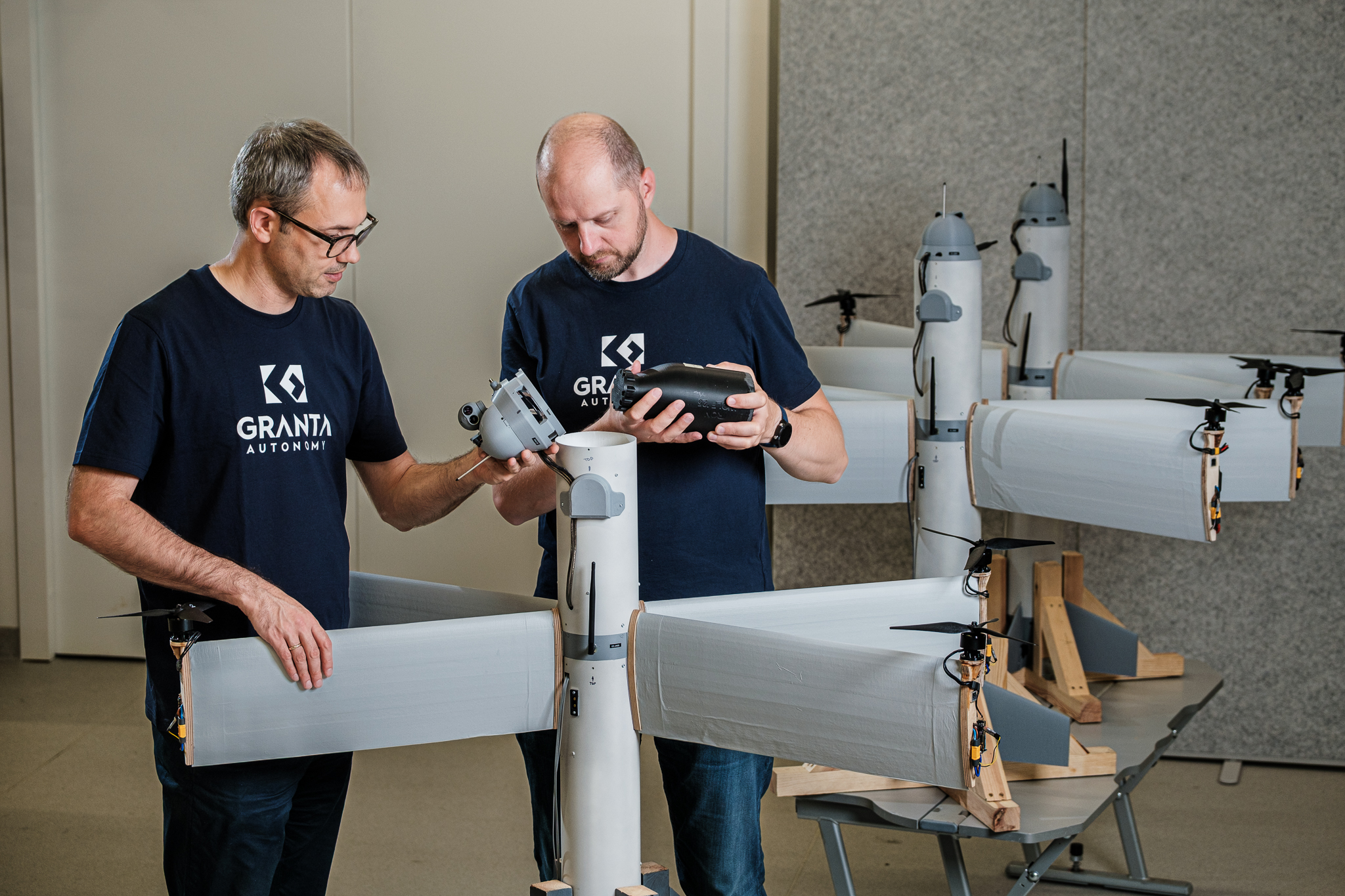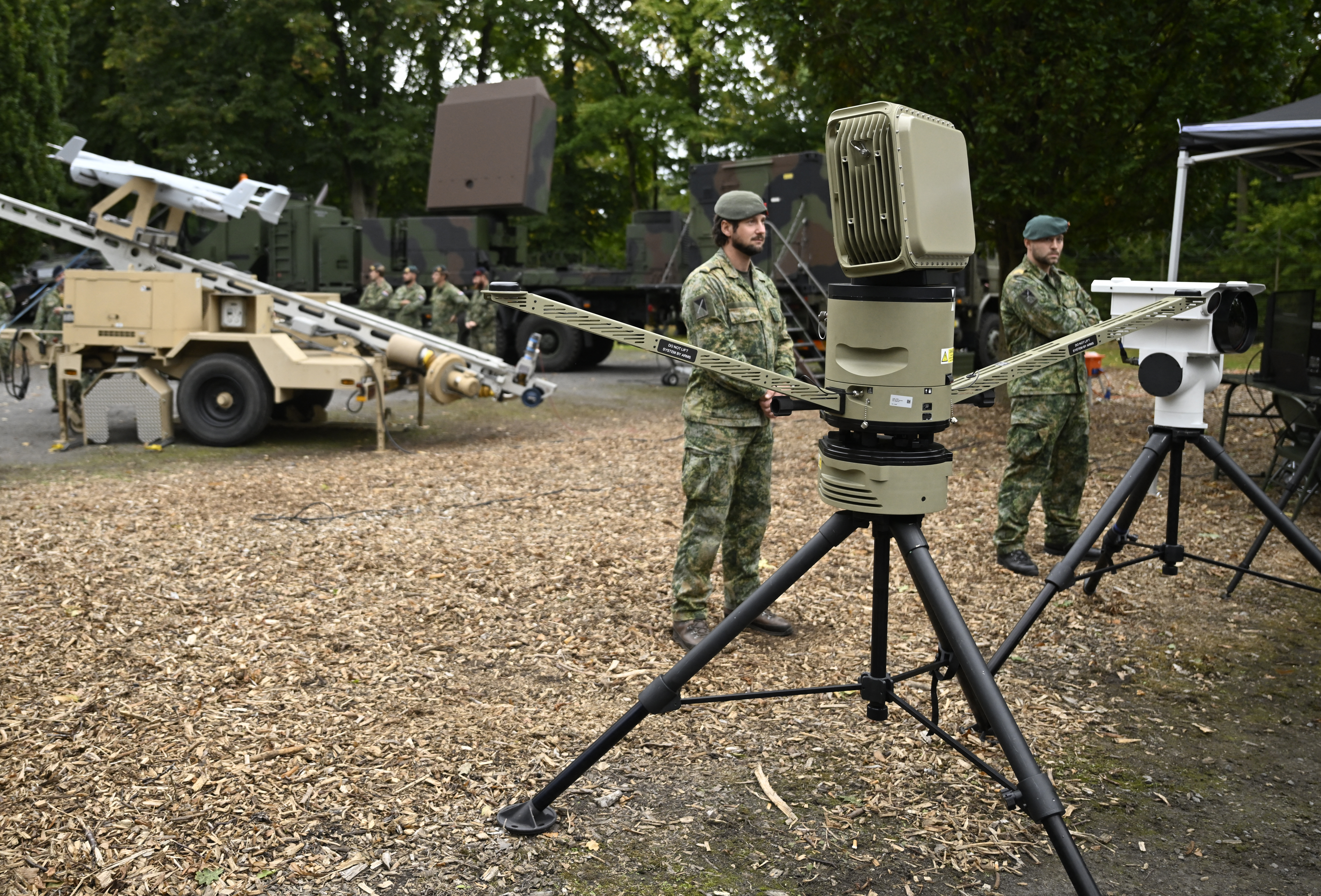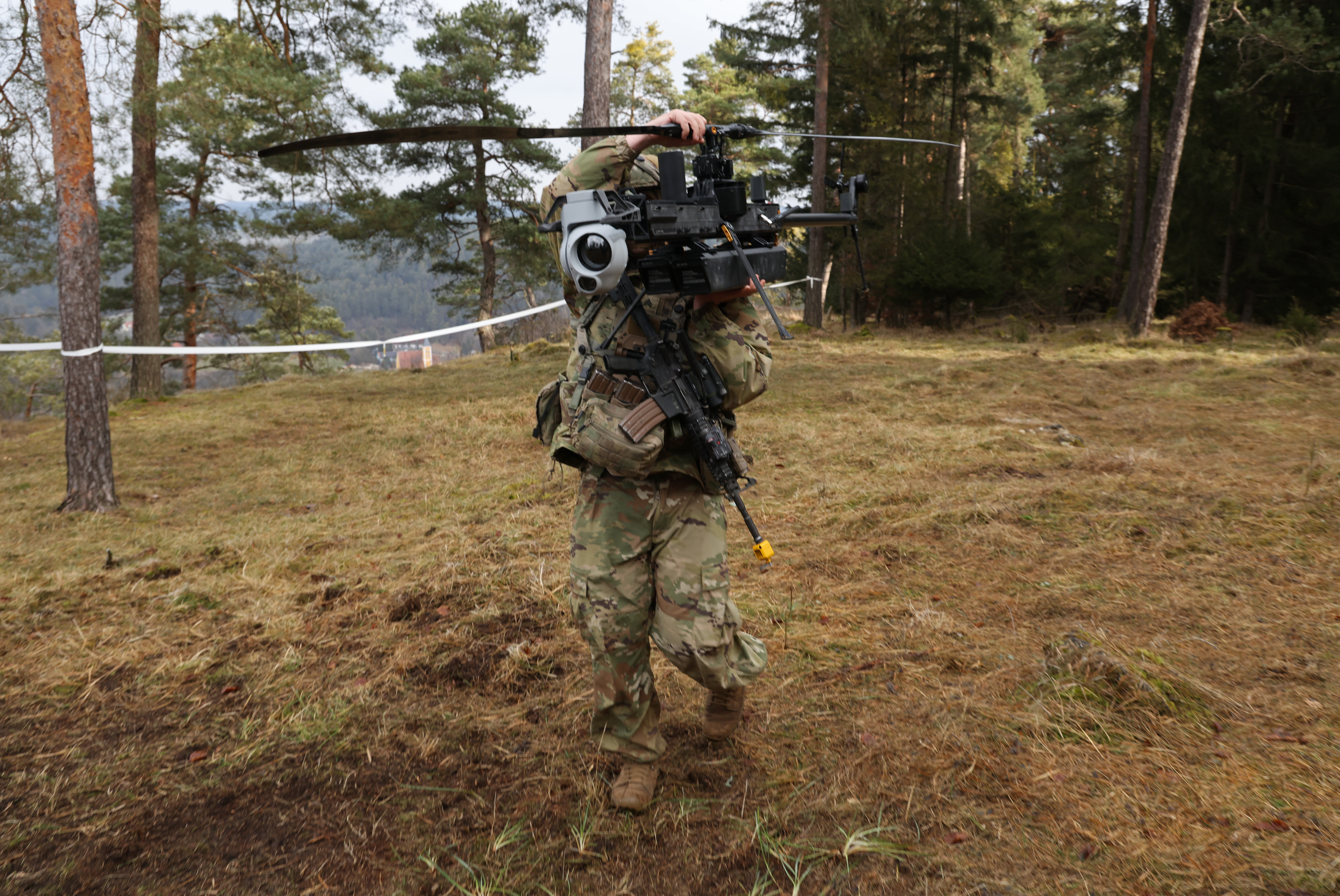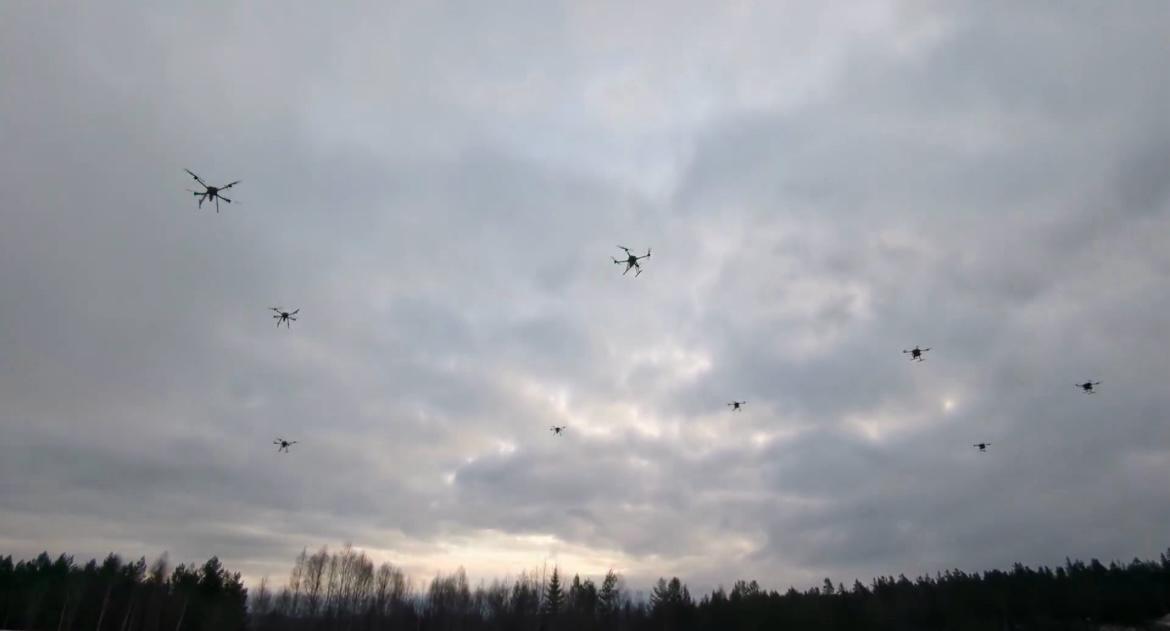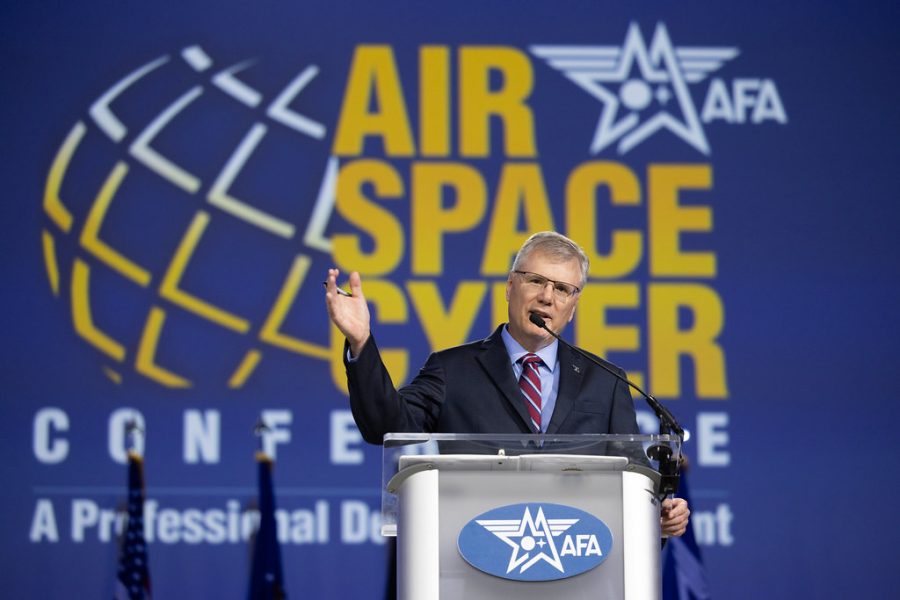
NATIONAL HARBOR, Md.—In his first major speech as Secretary of the Air Force, Troy E. Meink said he was surprised by the extent to which the Air Force’s readiness is suffering after years of under-investment in sustainment accounts—and the speed at which China has been innovating for years now.
“I knew there was a readiness challenge,” Meink said Sept. 22 at AFA’s Air, Space and Cyber Conference. “I didn’t appreciate how significant that readiness challenge was.” Citing a recent visit to Joint Base Langley-Eustis, Va., where F-22s are stationed, “when there’s a number of aircraft, non-operational, sitting around the ramp that aren’t even being worked on, because we simply don’t have the parts to do that, that’s a problem, right? We have to fix that, and there’s a series of things I think we’re going to have to do.”
Meink’s speech builds on comments he made to Air & Space Forces Magazine in his first interview as SECAF last month.
To address the issue, Meink suggested in a roundtable with reporters at the conference that more resources may go to readiness enablers like weapons system sustainment that have been “bill-payers” for other priorities in the past.
Beyond more money, he stressed that the first order of business to improve readiness would be “efficiency.”
“When you don’t have unlimited resources—which we don’t have—we need to make sure we are applying the resources we have for weapons system sustainment and readiness to the right and highest-priority systems,” he said during his keynote.
Anything that’s “not capable of operating in a contested environment” is going to get second priority, he suggested, saying the service needs to “be second-guessing … how much money we’re dumping into readiness” for unsurvivable platforms.
Later, he told reporters that the Air Force will continue to retire aircraft that can no longer survive or perform a vital function in contested airspace.
“There’s almost no such thing as a permissive environment” anymore, he said, except for “over the U.S.” because of the worldwide proliferation of credible anti-aircraft systems.
“If a platform can only perform its function in a permissive environment, “it’s probably not something that we can do. It doesn’t apply,” he said.
Asked if he had any specific systems in mind, he demurred: “Let’s just leave it at that.” However, the Air Force has spent years working to retire its A-10 close air support fleet, saying it can’t survive in contested airspace.
After efficiency, Meink also said contractors need to be held accountable for their part in readiness, he said.
“When we’re getting a part that’s supposed to last 400 hours and it lasts 100 hours, that’s unacceptable,” he said, calling for the government and vendors to work together to “make the right investments to improve the serviceability and reliability of our weapon systems and the parts we’re putting in them.”
Another approach is using data mining “in a much more holistic way, using advanced techniques to try to better understand the state of the system, the state of the fleet, but also what we can do to improve the reliability and maintainability of the weapon systems.”
He told reporters he intends to “get more deeply into the supply chain and understanding where are the pinch points” and “where we’re having challenges getting stuff provided to the U.S.” He pledged more “aggressive work by the acquisition community there.” But systems are becoming more modular, he said, and that provides “an opportunity for us to be able to swap systems out with less integration.”
The Space Force also has readiness issues, he said, and needs to work on the “2,000-mile long screwdriver” to fix satellites: “It’s called software.” He also plans to improve the readiness of Space Force facilities, because “in many cases, we fight from our facilities, both on the Air Force and Space Force side of the house.”
Modernization and China
USAF’s readiness challenges surprised Meink, but it’s not the first time the extent of an issue has surprised him. During his time in the Intelligence Community several years ago, he said during his speech, he was involved in a study on China’s rate of modernization.
“When the data first came to me, I thought it was wrong. I didn’t think there was any way possible that they were evolving that much faster than we were,” he said.
That knowledge has galvanized him to push for a faster pace of innovation in the Air Force.
“I could talk for hours about … why we thought that was not going to be sustainable and why we thought that would taper off in time but that galvanized, that focused my mind that the only way we’re going to maintain our advantage is we have to innovate, and we have to innovate faster than our adversaries,” he said.
Meink told the audience the Air Force is going to have to adopt a “high-, mid- and low-mix” of capabilities in most areas of competition with other world powers, both because of the need to be flexible and to live within budgets. In addition to a mantra of “innovate, innovate, innovate,” he said he plans to add the mandate to “execute, execute, execute,” to get capabilities to the field faster, or at least on their planned timelines.
He also said that “mass is critical … we have to have mass,” and the Air Force has, in concert with industry, “dramatically improved the production rates” of certain munitions across the services.
But an acceleration of innovation is essential, he said.
“It’s a rate of change thing: no matter how far you are ahead, unless you’re innovating faster than they are, then you’re going to lose that advantage.”
Meink also said he thinks the Air Force has the “best trained, best-morale workforce…probably in the history of the Air Force, and I’ve been super, super impressed” with the people. But he’s mindful that while some are being asked “to maintain and work on some of the most technical and complex systems” ever created, “we’re also asking them to work on airplanes that are older than at any time in the history of the Air Force.”
He showed a photograph of himself during his days as a young navigator in front of a KC-135, and then a recent photo of himself with the same aircraft, which continues to operate with the Air Force 36 years later.
“A lot of great work is being done, but we have to support them. We have to support the workforce.” Besides childcare centers and higher salaries, he said, Airmen and Guardians need “job satisfaction, and how do we make sure that they are continuing to do the things they were trained to do, as long as they want, within their career? How do we let pilots fly? How do we let engineers do engineering work?” There has to be a “quality of service,” he said.
“The Air Force doesn’t have a recruiting problem,” Meink said. “We met our recruiting goals three months early this year. The challenge, of course, we have is, how do we make sure that we maintain and take advantage of the investment we place into them?” He said he will work to ensure that Airmen and Guardians “have the tools at the mass and scale that we need to be successful in maintaining our advantage.”
The post Meink: Readiness and China’s Speed Are Key Challenges for USAF appeared first on Air & Space Forces Magazine.

AFA National, National Security, Air Force readiness, Air Force Secretary Troy E. Meink, China, Troy E. Meink
Air & Space Forces Magazine
[crypto-donation-box type=”tabular” show-coin=”all”]








